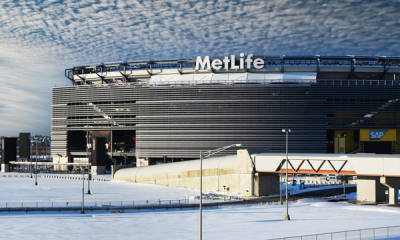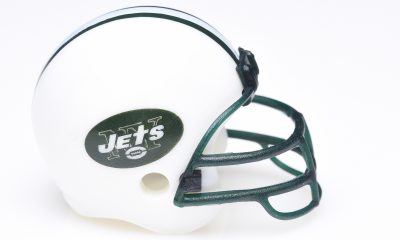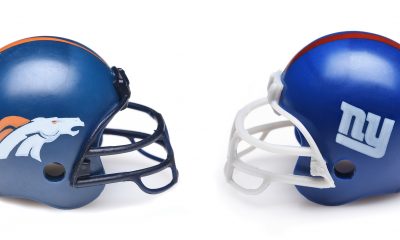
Way back in Week 17 of the 2020-2021 NFL season, NY Giants players and fans watched that Sunday night in disgust as now ex-coach of the Philly Tankles, Doug Pederson, pulled QB Jalen Hurts, who though was someone who looked to be throwing with his wrong arm just for kicks, was keeping the Eagles in the game with his feet, having scored two rushing TDs. The score at the time was Washington 17, Eagles 14. Then Eagles third string QB, and the team’s best chance to “win’ according to Pederson, Nate Sudfeld entered the game. Who? Yeah. Exactly. Game over. There was a lot on the line in this game, for both the NY Giants, who had beaten the Cowboys earlier in the day, and The Washington Football Team (“WFT”), as both were vying for the NFC East Division title and the right to lose to TB the following week. The only thing on the line for the previously eliminated Eagles was pride and the chance to play spoiler. But for who? Beating the WFT would eliminate a Division foe, but allow an even bigger foe to make the playoffs. Also at stake was a higher draft pick for the Eagles (6th vs 9th). It seemed clear what Pedersen wanted, though his own players surely seemed to disagree. Needless to say, Sudfeld played how you would imagine a 3rd string liver QB to play and WFT went on to win 20-14. The Giants were eliminated. Most of us were pissed at the Eagles.
Fast backward now to Sunday, December 22nd, 2019, NFL Week 16. The then 3-10 Washington Redskins were hosting the 3-10 NY Giants in what was being billed as the Chase for Chase (Chase Young that is). At stake in the game was pride and avoiding the NFC East basement, but also the #2 pick in the upcoming draft. Waiting at the #2 pick was 6’5” 260+ lb OSU defensive end and game-changing beast, Chase Young. Not only would the loser of the game secure the #2 and Mr. Young, but the other team would also have to face said player twice a year for years to come. Both teams rolled out their offensive starters and both teams scored at will. If any defensive players seemed to be tanking the game (more on this later), the offenses sure weren’t. Daniel Jones for the Gmen had a season’s worth of TD passes (5) and Saquon ran everywhere and caught everything combining for 279 yards and 2 TDs. Washington meanwhile saw then QB, Haskings, go 12/15 for 133 and 2 TDS before leaving with an injury. Keenum came in and picked right up where Haskings left off going 16/22 for 158 and a TD and added another rushing TD. At the end of regulation we had ourselves a tie, 35-35. For a game that many thought would be a low-scoring, tank-fest, the players had other ideas. I remember thinking, at this offensive rate, whoever wins the coin toss in OT is going to win the game. And that team was… the NY Giants, who went 11 plays for 66 yards after a nice kick-off return and scored on a 3 yard TD pass from Jones to TE Kaden Smith. Game over. Giants improved to 4-10 and Washington went on to lock up that 2nd pick and Chase Young. Most of us were pissed that the Giants didn’t tank the game for the higher draft pick. So, in sum; pissed at Eagles for tanking, pissed at Giants for not tanking. So is right?
The art of tanking goes way back. It was/is so prevalent in the NBA, that the league had to change the draft lottery rules to try to combat it. Tanking a season in the NBA makes some sense. NBA drafts are only two rounds and are typically front loaded with talent that can quickly disappear after a handful of picks. Moreover, with so few players on each roster and only 5 on the floor, the impact of a superstar rookie is very clear. Moreover, management influence can be greater since there are less variables and athletes at play, thus making fielding a non-competitive team easier. The NHL also changed its lottery format recently to combat tanking. The NFL is a bit different. Now sure, a star rookie QB can change a franchise and each year we hear “Suck for Luck” or “Tank for Tua” chants. But NFL teams have 53 players on their rosters. That’s a lot of players and a lot of variables for which management needs to account. Just ask Jets fans. Moreover, and this is with any sport, players don’t want to tank. Players want to win. And they certainly don’t want to play poorly, get cut, or lose out starting to next year’s drafted star rookie. Players don’t reach the professional level having the mindset that losing is okay under any circumstances. So, it’s not really fair for getting mad at players for not “tanking”. It’s just not part of their DNA, and we don’t want players are our teams where it would be, trust me. Coaches too have the mindset and incentive to win. Their jobs are on the line as well. This makes Pedersen’s decisions in the game all the more confusing. Eagles’ ownership and Pedersen both state that the decisions were Pedersen’s alone and that he planned to get Sudfeld some playing time all along. This is tough to believe, given the timing and score of the game when the change was made. But if Pedersen was following ownership orders, why did they fire him the next day? Did Pedersen pull a Frank Pentangeli knowing his 4-win season would get him axed anyway? But why stake your entire coaching reputation on ownership tank orders? We may never know in this case. What I do know is a lot of Eagles fans, Giants fans, and NFL players around the league were pissed at Pedersen for pulling Hurst and giving the game away. And that’s the risk management takes with those kind of decisions. Now whether the long term benefits of the higher draft pick outweigh alienating some players and fans in the short term is another thing. But as Doug Pedersen found out, it could also lead to the street.











You must be logged in to post a comment Login